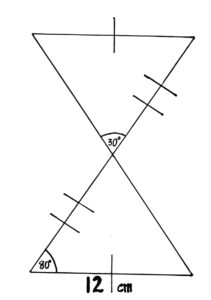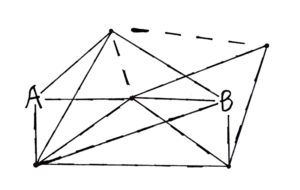Today’s challenge requires the concept of Algebra.
5 glasses contain amounts of various liquids. The glasses are numbered 1 to 5. Non-prime glasses contain liquid A, and prime glasses contain liquid B. Odd glasses contain 750mL, and even ones contain 500mL. When you mix 2 glasses they then contain the same quantity of liquid in the same proportions. The challenge is to find the minimum number of mixes to ensure that each glass contains the same quantity of liquid A.


